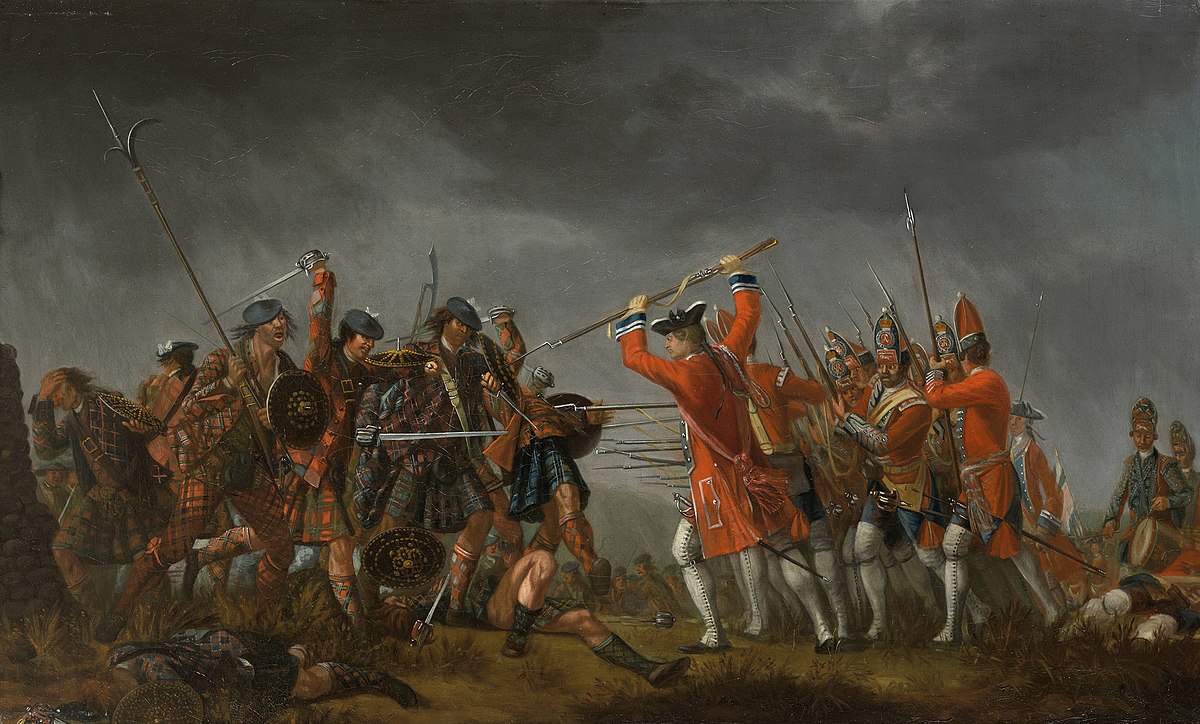
Jacobite Rebellions
Scotland, UKThe revival of Jacobitism, driven by the unpopularity of the 1707 Union, saw its first significant attempt in 1708 when James Francis Edward Stuart, known as the Old Pretender, tried to invade Britain with a French fleet carrying 6,000 men. The Royal Navy thwarted this invasion, preventing any troops from landing.
A more formidable effort followed in 1715 after Queen Anne's death and the accession of George I, the first Hanoverian king. This uprising, called The 'Fifteen, planned simultaneous rebellions in Wales, Devon, and Scotland. However, government arrests halted the southern plans. In Scotland, John Erskine, Earl of Mar, known as Bobbin' John, rallied the Jacobite clans but proved an ineffective leader. Mar captured Perth but failed to dislodge the smaller government force under the Duke of Argyll at the Stirling plain. Some of Mar’s army joined forces with risings in northern England and southern Scotland, fighting their way into England. However, they were defeated at the Battle of Preston, surrendering on November 14, 1715. The day before, Mar had failed to defeat Argyll at the Battle of Sheriffmuir. James landed in Scotland too late and, seeing the hopelessness of their cause, fled back to France. A subsequent Jacobite attempt with Spanish support in 1719 also ended in failure at the Battle of Glen Shiel.
In 1745, another Jacobite uprising, known as The 'Forty-Five, began when Charles Edward Stuart, the Young Pretender or Bonnie Prince Charlie, landed on the island of Eriskay in the Outer Hebrides. Despite initial reluctance, several clans joined him, and his early successes included capturing Edinburgh and defeating the government army at the Battle of Prestonpans. The Jacobite army advanced into England, capturing Carlisle and reaching Derby. However, without substantial English support and facing two converging English armies, the Jacobite leadership retreated to Scotland.
Charles’ fortunes waned as Whig supporters regained control of Edinburgh. After failing to take Stirling, he retreated north towards Inverness, pursued by the Duke of Cumberland. The Jacobite army, exhausted, faced Cumberland at Culloden on April 16, 1746, where they were decisively defeated. Charles hid in Scotland until September 1746, when he escaped to France. Following this defeat, brutal reprisals were meted out against his supporters, and the Jacobite cause lost foreign support. The exiled court was forced out of France, and the Old Pretender died in 1766. The Young Pretender died without legitimate issue in 1788, and his brother, Henry, Cardinal of York, died in 1807, marking the end of the Jacobite cause.
Ask Herodotus
HistoryMaps Shop

Heroes of the American Revolution Painting
Explore the rich history of the American Revolution through this captivating painting of the Continental Army. Perfect for history enthusiasts and art collectors, this piece brings to life the bravery and struggles of early American soldiers.








